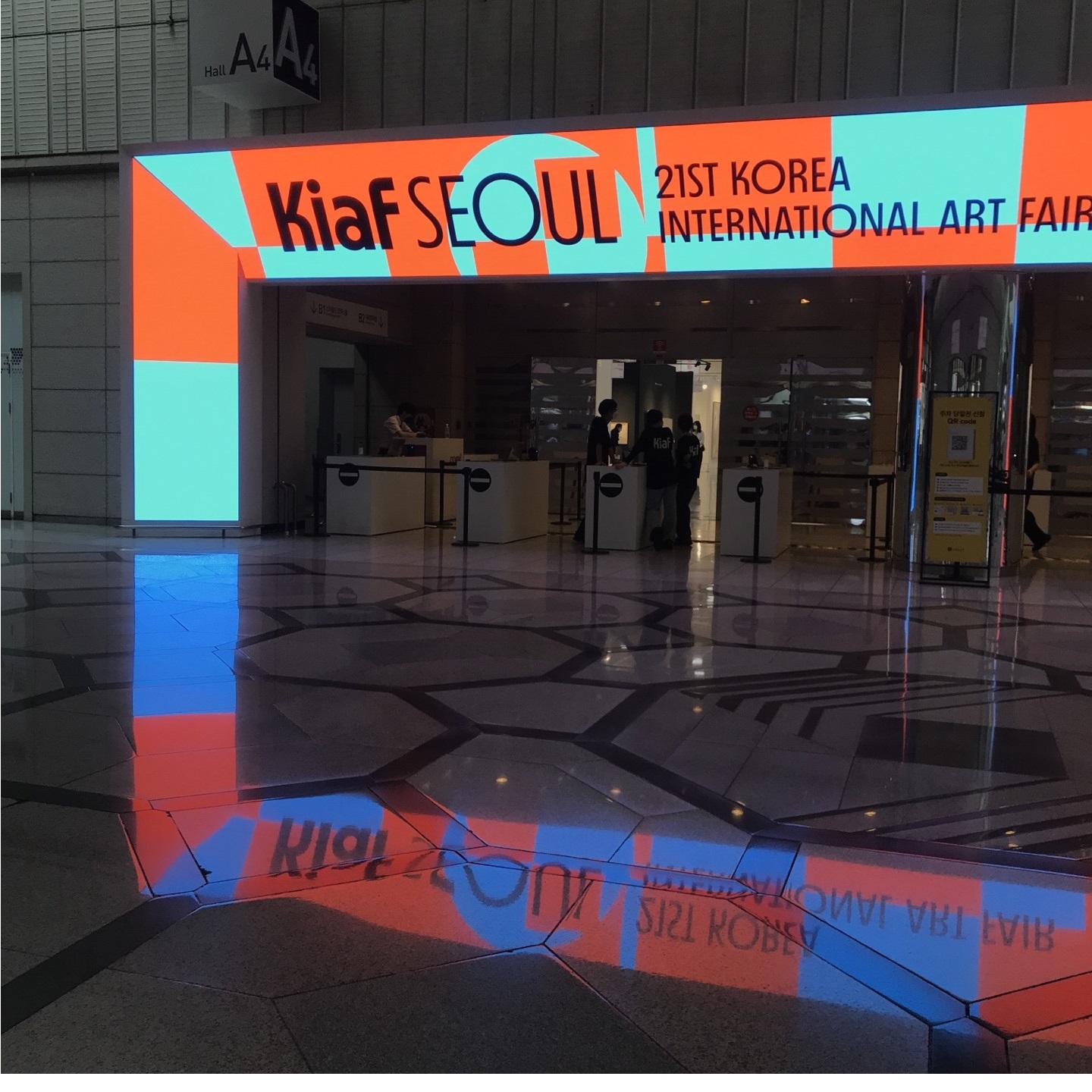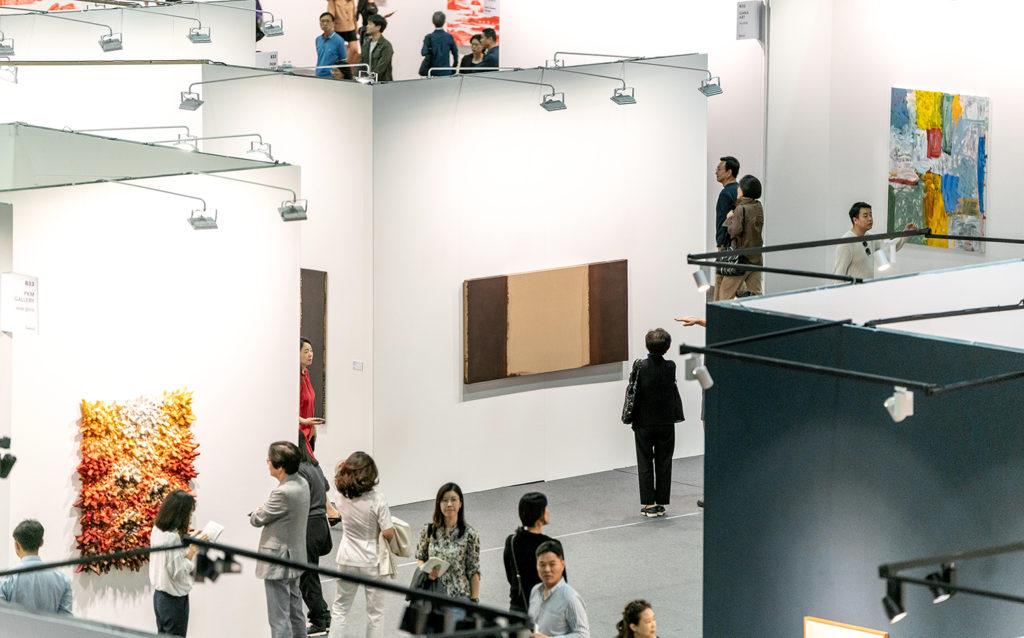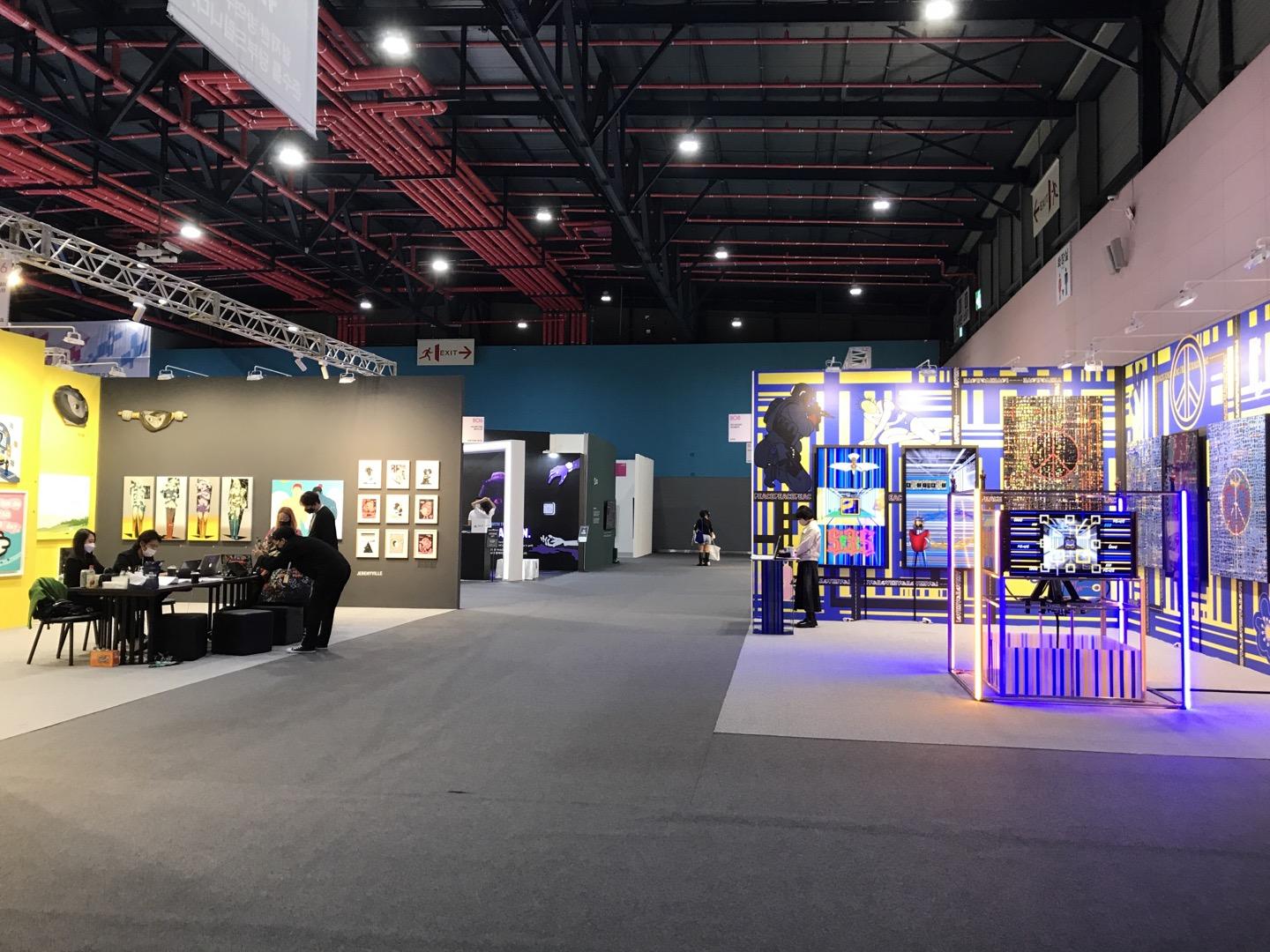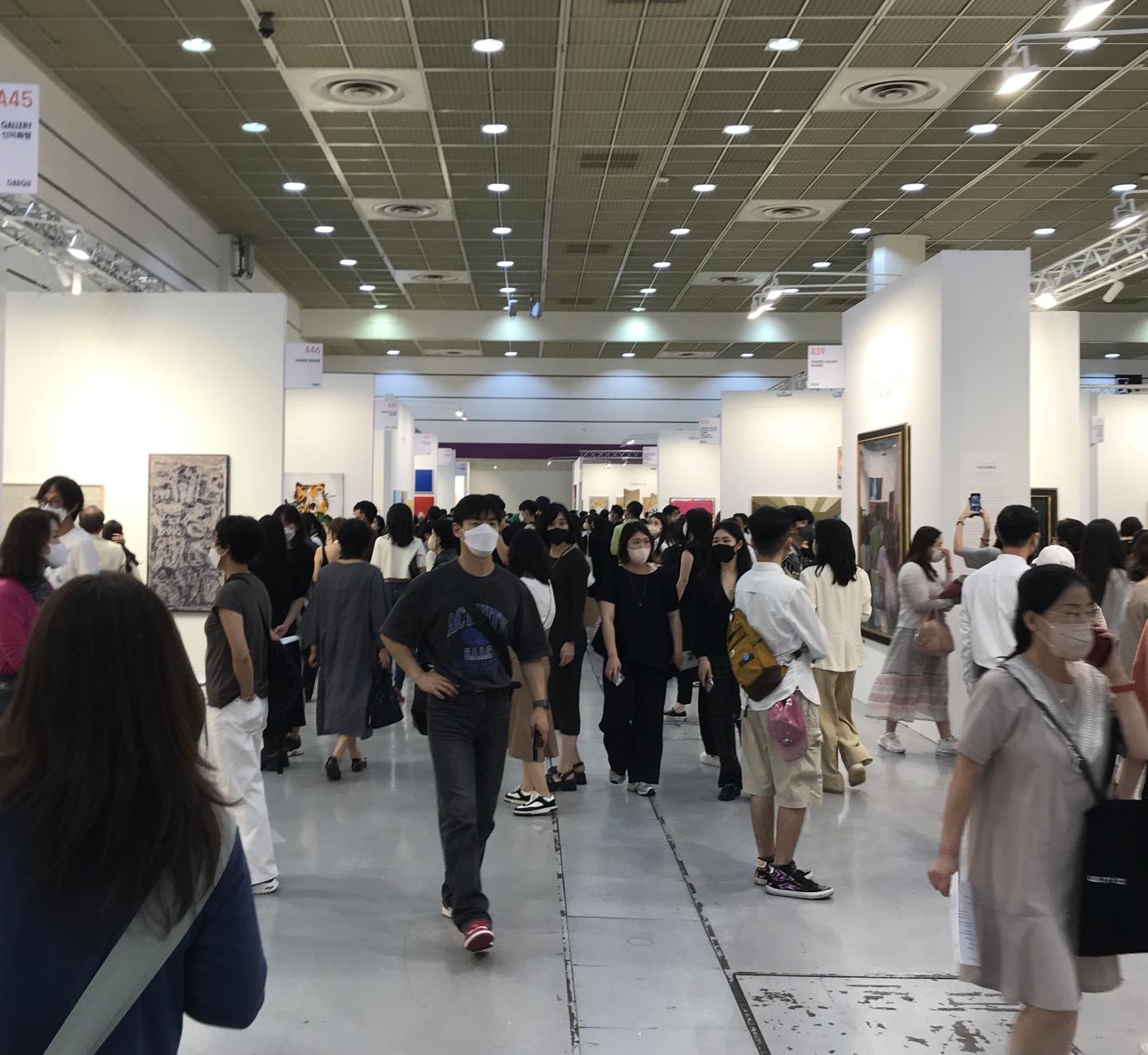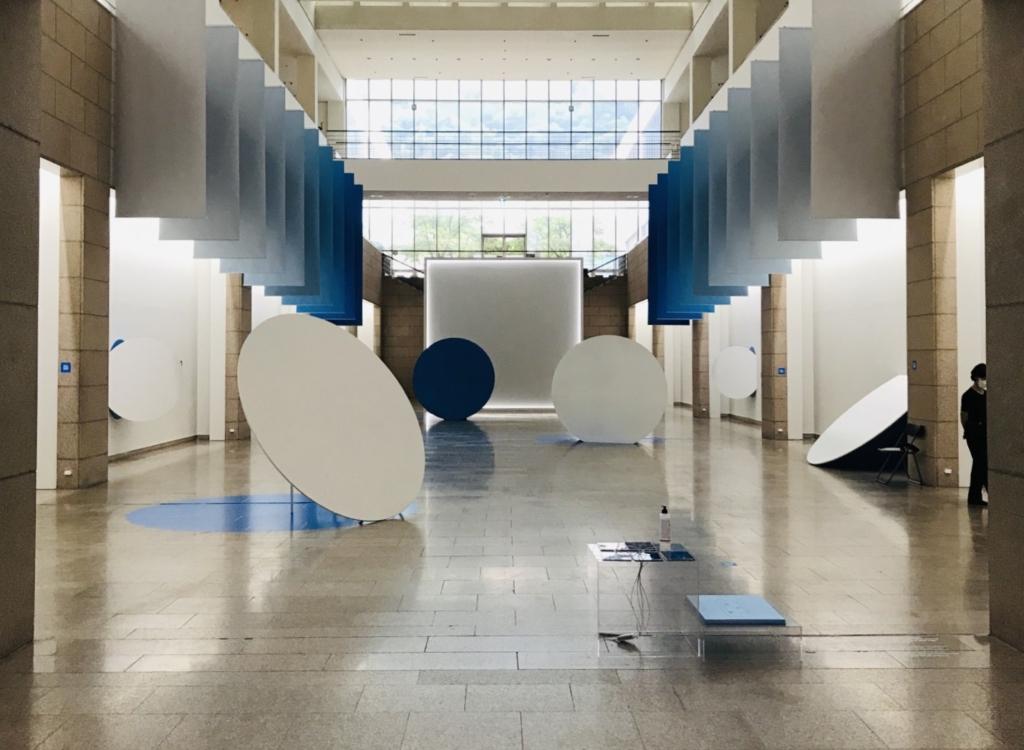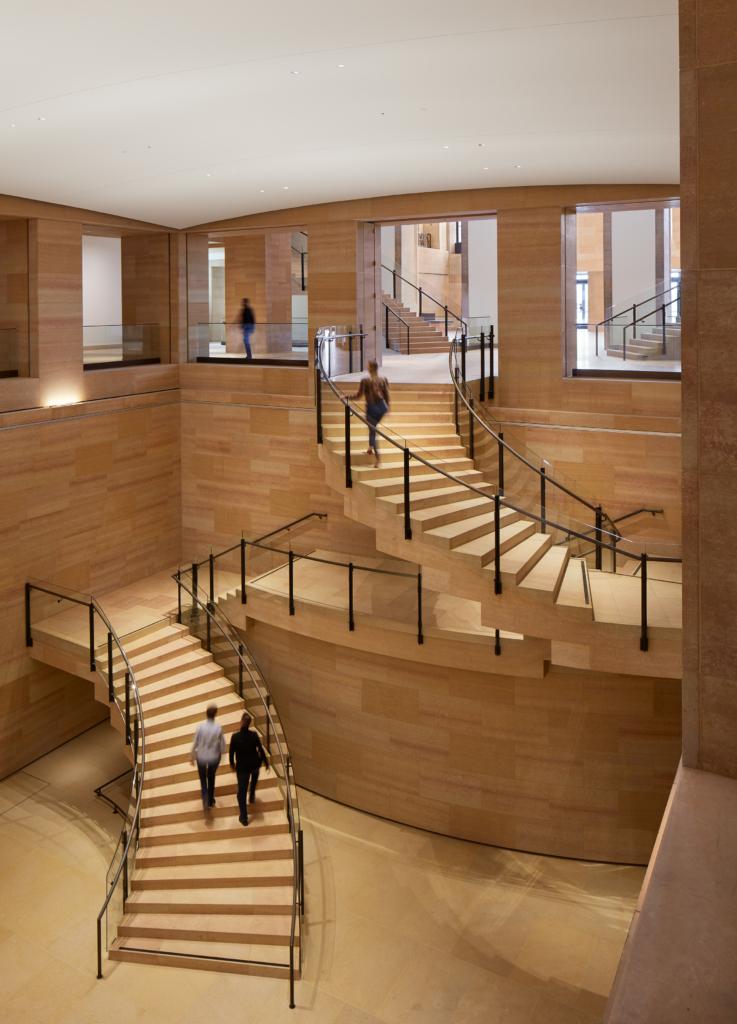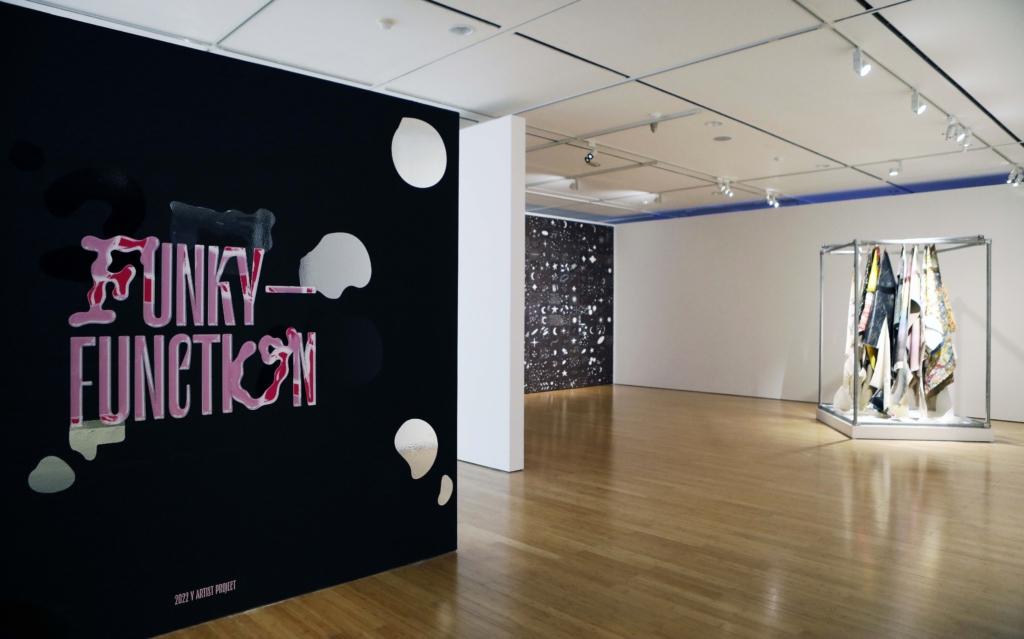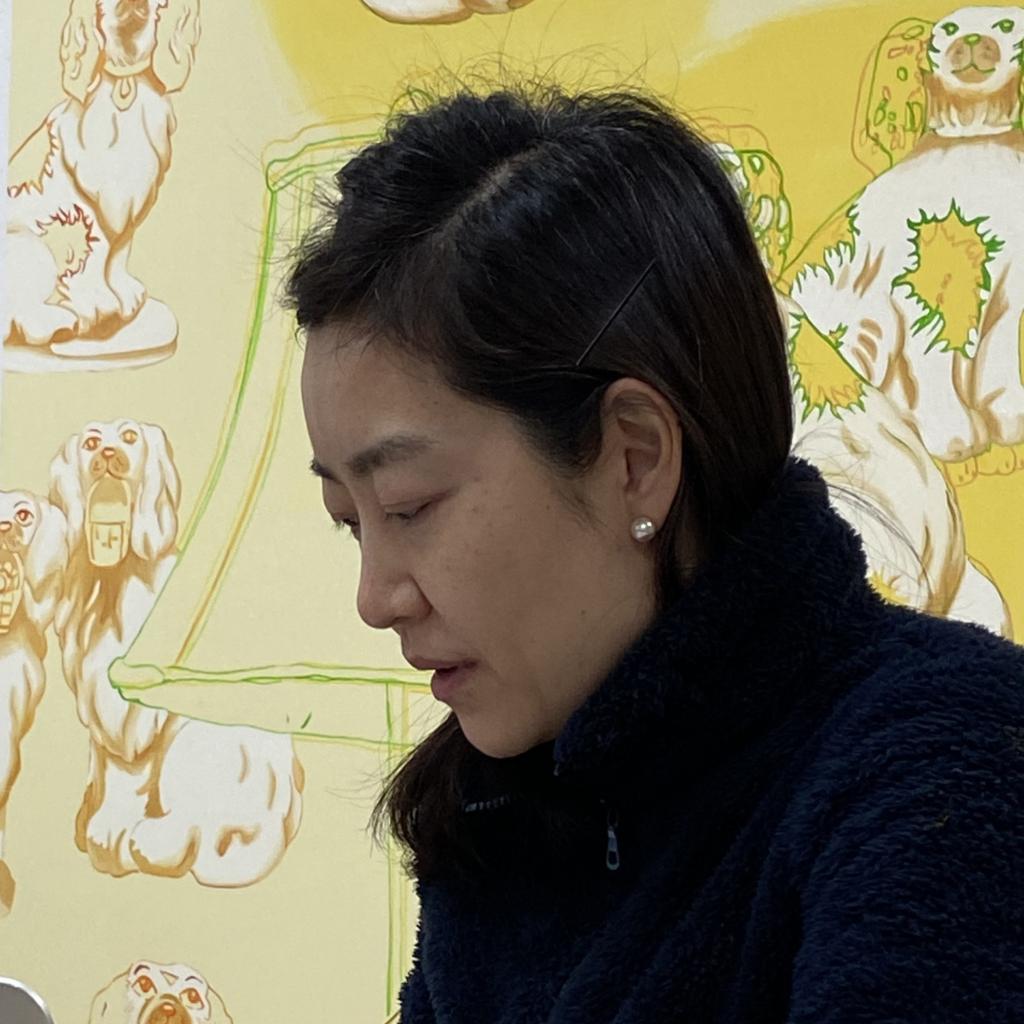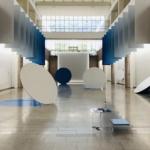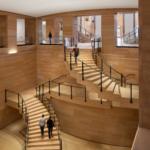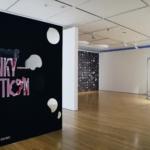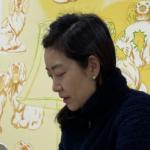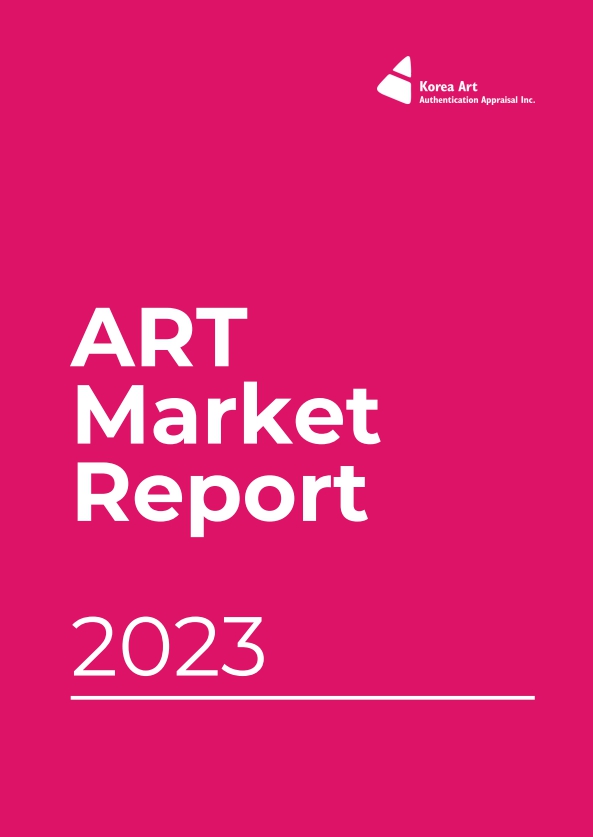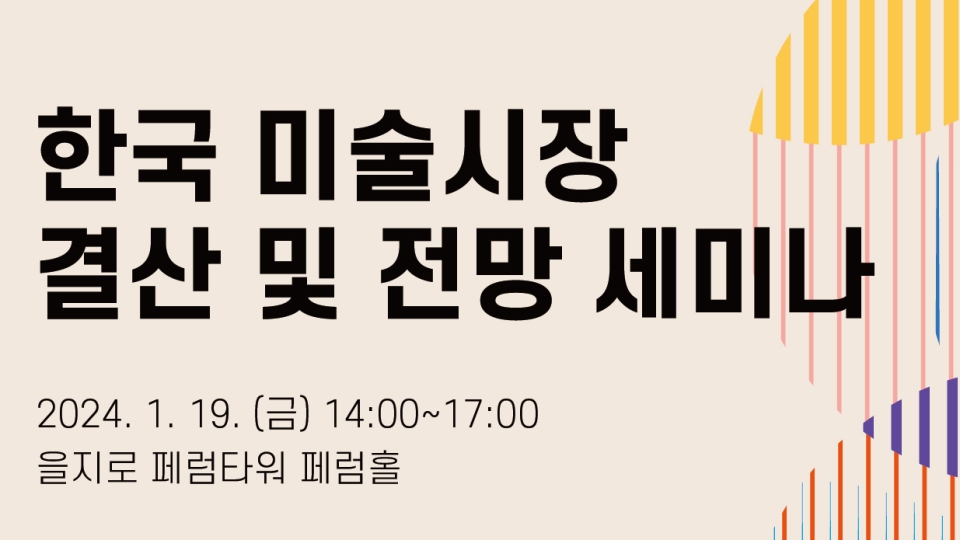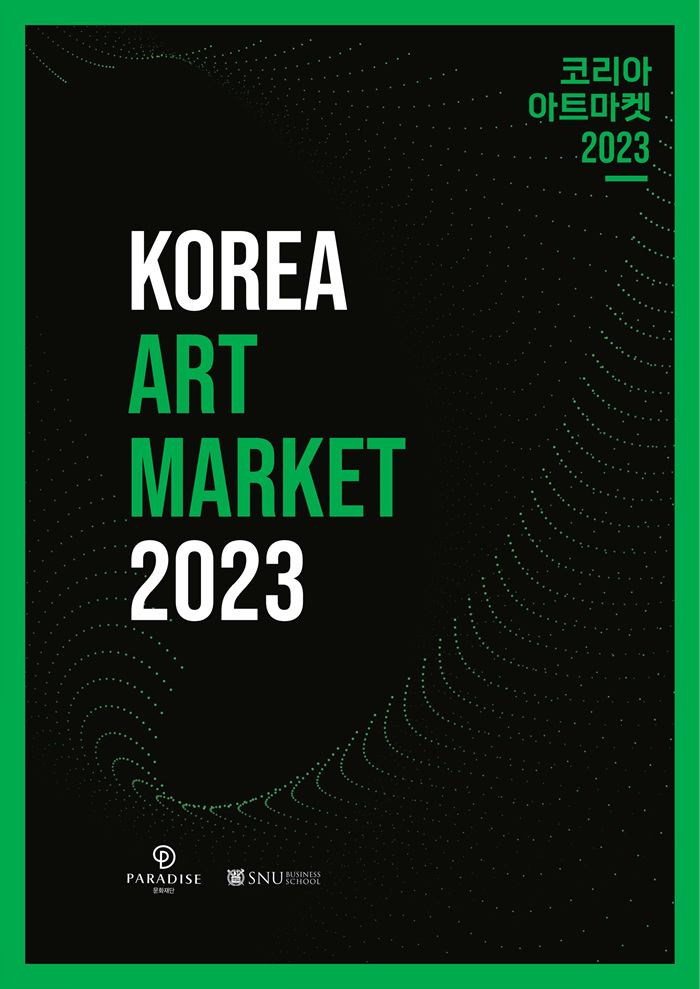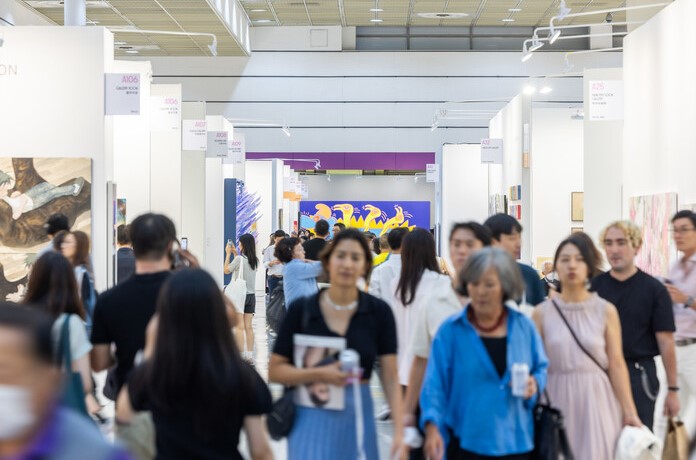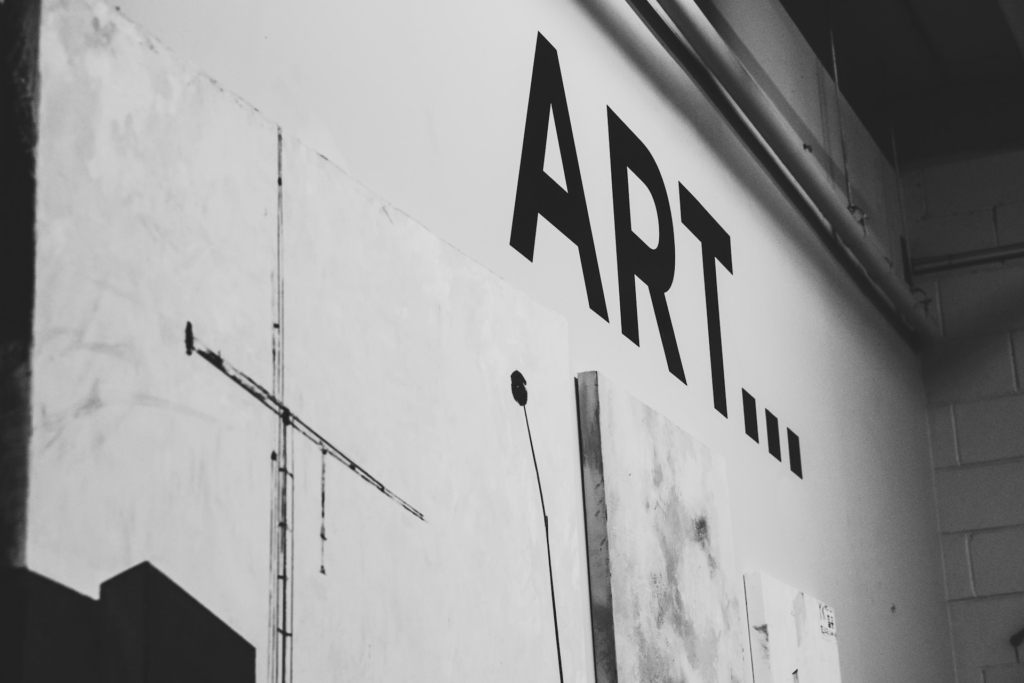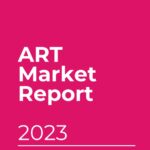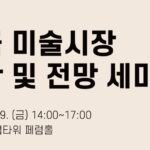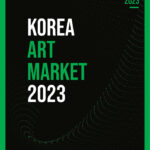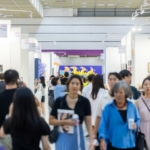What Challenges Does Kiaf SEOUL and the Korean Art Market Face?
In the first week of September, COEX and SETEC, two convention centers in the Gangnam district, were filled with 70,000 people attending Frieze Seoul, Kiaf SEOUL, and Kiaf PLUS.
Several galleries reported that the opening of Frieze Seoul was slower than other Frieze events held in London, New York, and Los Angeles. Nonetheless, given that it was Frieze’s first Asian art fair, the sales result was quite successful.
Based on the works sold in the Seoul edition, Korean media outlets estimated the fair’s size to be between 600 billion KRW and 800 billion KRW (approximately $4 million and $6 million). Some local art market experts estimate that the New York and Los Angeles Frieze fairs are worth approximately $1 billion.
Kiaf SEOUL, on the other hand, was met with mixed responses. The results of this year’s Kiaf were also positive, but the first joint edition with Frieze did not meet expectations.
KIAF has been officially announcing sales results every year and last year’s edition’s annual sales report revealed an all-time high of 65 billion KRW. Yet, according to a Kiaf SEOUL representative, the fair has decided not to announce its sales results beginning this year because doing so would increase unnecessary competition in the local art market.
The reactions of galleries and visitors to Kiaf SEOUL also demonstrated a stark contrast. The Peres Project, which ran a booth in Kiaf, achieved a satisfying result with a completely sold-out booth. Axel Vervoordt, which participated in the local fair for the first time, featured works by the South Korean conceptual artist, Kimsooja. The works have found their way into a public institution’s collection. A number of Korean galleries, including Kukje Gallery, Gallery Hyundai, Hakgojae Gallery, Gana Art, Pyo Gallery, and Johyeon Gallery, also announced that they had sold a number of artworks at the fair.
Yet there was a significant difference in visitors between Kiaf SEOUL and Frieze Seoul. Before the opening, Kiaf proclaimed that the joint fair with Frieze would be a chance to introduce Korean art to the international art world.
“I was expecting many international collectors to visit Kiaf SEOUL this year, so I hired an English-speaking intern. But except for the VIP opening, not many of them have visited the fair,” a gallery owner who joined Kiaf’s main fair said in an interview with a local press. A gallery owner who participated in Kiaf PLUS stated, “We prepared English handouts, but there weren’t many foreign visitors coming to the fair.”
The Galleries Association of Korea, which operates the two Kiaf fairs, stated that they had to eliminate seventy members to create a tightly structured fair. However, the general opinion was that the level difference between Kiaf and Frieze was substantial.
Yet, comparing the two fairs on the same level would be unfair. Frieze is one of the largest global art fairs that collaborates with mega-galleries from around the world, whereas Kiaf focuses primarily on the local art market. In addition, it is unconvincing for Kiaf to work exclusively with blue-chip galleries and artists just because they collaborate with Frieze.
However, many industry players mentioned that Kiaf lacked a distinctive strategy to organize a fair with a distinct group of galleries and failed to establish its own identity.
For example, Kiaf PLUS, a new satellite fair, was established aiming to feature young galleries that work with young artists and show new media works such as NFT (non-fungible token) artworks and Metaverse works. Some noted that a few galleries seemed unsuitable for the fair’s concept. This was also the case at the main fair.
“Until now, KIAF has claimed to be international. This is a chance for the fair to look back if it was truly an international fair. It is absolutely unnecessary to create a two-way race between Kiaf and Frieze, as well as Korean galleries and international galleries. The real challenge for Kiaf is how to position the fair in the global art ecosystem with its own specialization,” said Jason Haam, owner of a Seoul gallery, in a press interview.
However, advancing to the next level is not only a concern for Kiaf. Collectively, the ecosystem of the Korean art market has to be improved. An art market expert mentioned that some Korean galleries tend to view art only by market logic and that Korean art collectors are not at all selective in purchasing artworks, mainly focusing on works by famous artists.
At Frieze Seoul, works by renowned artists such as Matisse, Chagall, Picasso, Andy Warhol, Keith Haring, and Damien Hirst were exhibited. But several art market experts remarked that not all of these artists’ works are masterpieces. Several of the works were even pieces unsold at the most recent Art Basel Hong Kong. Yet, it seemed that not many experts were able to distinguish these works, and a long line was formed to view these artworks.
The pattern was different at the Kiaf fair, but experts say there were galleries and collectors targeting the short-term gold rush with the works of famous artists.
Contrary to expectations, however, the art market is illiquid in contrast to other markets, and the demand for works of artists who failed to develop their careers levels off fast. Thus, the local market should concentrate on strengthening its market base rather than focusing on the gold rush and the rapid overheating of the art market.
To create a healthy art market ecosystem, galleries should focus on discovering and fostering artists, raising awareness of the artists through various exhibitions and programs, and providing a foundation for the artists to continue to grow, rather than simply making a profit through quick sales of works by famous artists. And the fairs should include such galleries with a long-term perspective.
The joint fairs of Kiaf SEOUL and Frieze Seoul are expected to help broaden the local art market’s view. In the local market, artists who refuse to accept challenges from the international art world and galleries whose primary goal is one-time sales rather than long-term growth will lose ground in the future. This improvement is anticipated to bear fruit at the upcoming Kiaf and Frieze fairs.
The galleries that have experienced the Korean art market boom may bring more experimental and higher-quality works next year. But these galleries and fairs might not change if they perceive the Korean art market to focus on the gold rush.
Related Links
- 서울경제, 프리즈 ‘샴페인’ 터졌지만… 키아프는 ‘박수’로 끝났다, 2022.09.06
- 뉴시스, 그 비싼 작품들은 누가 샀을까?…프리즈·키아프가 남긴 것, 2022.09.07
- 뉴스핌, 2022 Kiaf 진단 ② Frieze에 밀렸다…관람객 줄고 총 매출액 발표 못해, 2022.09.07
- The Korea Herald, Frieze Seoul, Kiaf Seoul see success at first joint fair, 2022.09.7
- Harpers Bazaar, 키아프 서울이 남긴 것, 2022.09.26
- 리빙센스, 키아프와 프리즈, 그 어느 때보다 뜨거웠던 아트 위크, 2022.09.26
Aproject Company. Co., Ltd | Founder & CEO : Jay Jongho Kim
216 Dosan-Daero, B2F, Gangnam-gu, 06047 Seoul, Korea
Business Number : 894-88-01945
Contact : aproject.company@gmail.com
Mail-order-sales registration number : 제 2021-서울강남-04243 호










